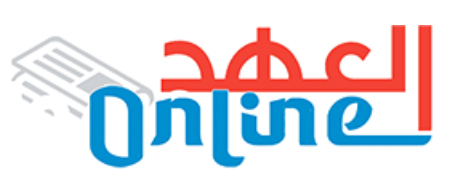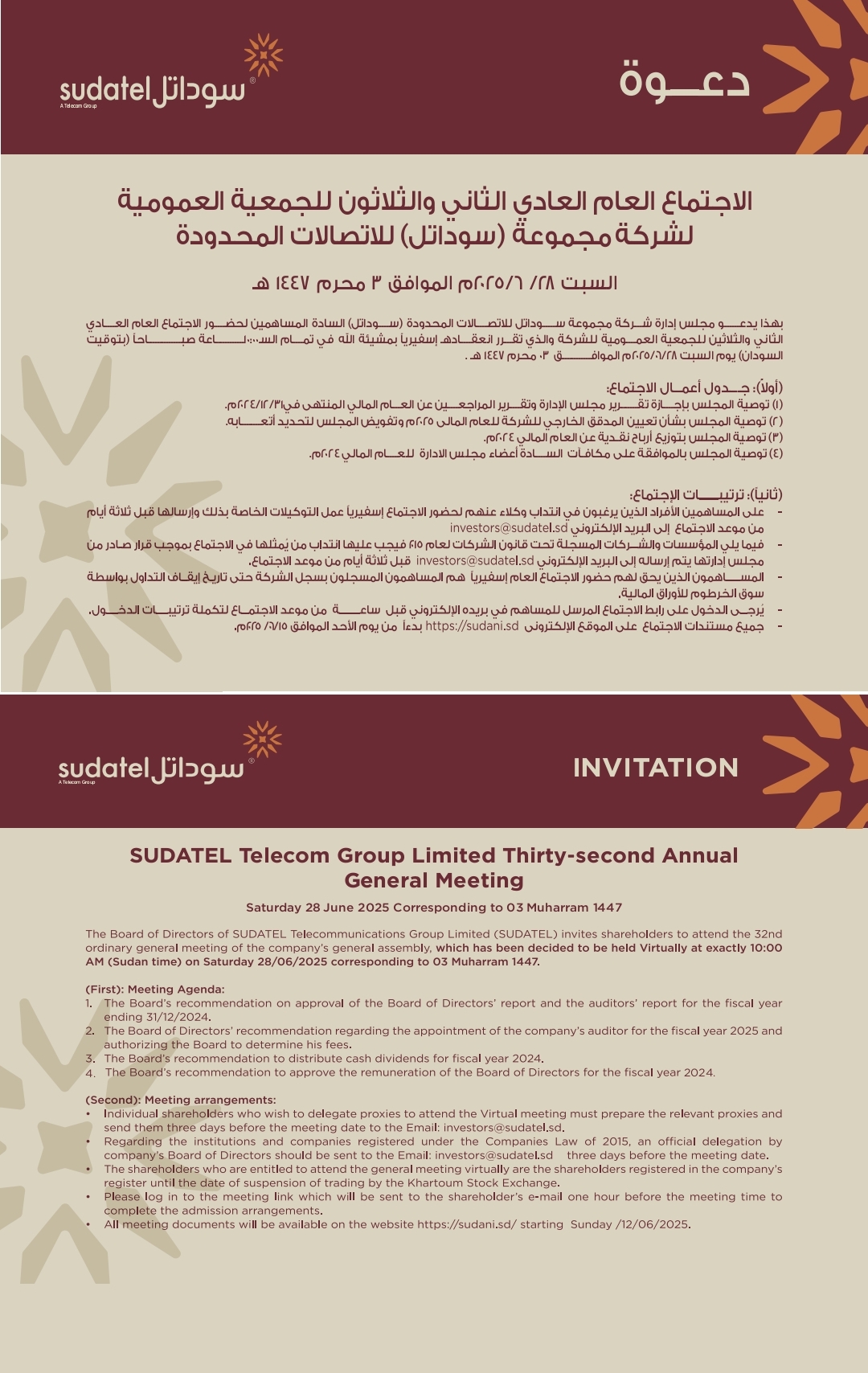د. محمد يوسف قباني يكتب: نحو يقظة معرفية للفتنة في السودان: دور التعليم والوعي المجتمعي في تفكيك خطاب الكراهية.. *Towards a Intellectual Awareness of Sedition in Sudan: The Role of Education and Community Awareness in Dismantling Hate Speech..* Dr. Mohamed Elgabbani..

د. محمد يوسف قباني يكتب: نحو يقظة معرفية للفتنة في السودان: دور التعليم والوعي المجتمعي في تفكيك خطاب الكراهية..
*Towards a Intellectual Awareness of Sedition in Sudan: The Role of Education and Community Awareness in Dismantling Hate Speech..*
Dr. Mohamed Elgabbani..
في سياقات النزاعات، تظهر الفتنة كواحدة من أخطر الأدوات التي تُستخدم لتأجيج الصراعات، وزرع الكراهية، وتقويض التماسك الاجتماعي. وتُعرَّف الفتنة هنا بوصفها خطاباً متعمداً يزرع الانقسام بين فئات المجتمع السوداني الأصيل، عبر كيفيات وأدوات الإعلام، ومنابر التعليم، ومختلف أشكال الاتصال الجماهيري. ومع صعود الحروب الهجينة والنزاعات غير التقليدية، أصبحت المعركة على العقول والمفاهيم لا تقل ضراوة عن المعارك المسلحة، حيث تُستخدم الكيفيات المعرفية والإعلامية أداة لايجاد الاستقطاب وتعميق الكراهية.
في المقابل، يبرز دور التعليم والوعي الإعلامي كأداتين أساسيتين في مقاومة الفتنة، وتفكيك خطاب الكراهية، وبناء قدرات المجتمع على التمييز، والنقد، والتسامح، والتعايش، وقبول الآخر المختلف.
في هذه الكلمات نسعى إلى تقديم تحليل علمي شامل لدور كل من التعليم والإعلام الواعي والمجتمعي في بناء مقاومة معرفية للفتنة، مع التركيز على آليات التفكيك، ومناهج التكوين، وأدوات الاستجابة المجتمعية، في ظل التحولات المعاصرة، وخاصة في البيئات المتأثرة بالنزاع مثل السودان وطننا الغالي. فخطاب الفتنة هو ذلك النوع من الخطاب الذي يُنتج أو يعيد إنتاج التوترات
والانقسامات المجتمعية على أسس إثنية أو دينية أو جهوية أو سياسية وبصورة مستمرة متجددة تزداد قساوتها مع امتداد أمد الحرب، ويُستخدم عادةً هذا الخطاب لإحداث اضطراب ممنهج ومدروس. وغالباً ما يتداخل مع خطاب الكراهية الذي يُحرض على العنف أو التمييز أو الإقصاء.
ما هي أهداف خطاب الفتنة؟
1. تبسيط مخل للواقع الحقيقي المعاش، إذ يتم تقديم تعميمات اختزالية حول الآخر.
2. استغلال العواطف الهوجائية ليبث الخوف والغضب والشعور بالتهديد.
3. انتقاء المعلومات بعناية فائقة لأنها ترويج لسرديات أحادية بعيدة عن التوازن.
4. شيطنة الآخر المختلف والعمل على تقديم فئات من الناس كأعداء وجوديين.
5. التكرار المنهجي في ترسيخ الأفكار العدوانية عبر التكرار الإعلامي والمناهج الدراسية أحياناً، وخصوصاً في المسائل العقائدية.
وينتشر هذا الخطاب عبر آليات متعددة منها:
1. كيفيات الإعلام التقليدية (الراديو، الصحف، التلفزيون).
2. الإعلام الرقمي وشبكات التواصل الاجتماعي.
3. الخطب الدينية والسياسية.
4. مناهج التعليم الموجهة أيديولوجياً أو علمانياً.
وهنا لزم أن نذكر أن التعليم يعتبر أداة مقاومة معرفية للفتنة، يُمكن تفعيل دوره في بناء المواطنة والتسامح والتعايش وقبول الآخر المختلف. ويُعتبر التعليم حجر الأساس في تشكيل الوعي المجتمعي. ومن خلال المناهج التعليمية الشاملة والعادلة، يمكن ترسيخ قيم التسامح والتعددية والعدالة الاجتماعية، مما يُوجد سداً معرفياً منيعاً ضد الفتنة (تفعيل دور العلم). ومن الضرورة بمكان مراجعة المناهج كمدخل لإصلاح الوعي الجمعي المجتمعي. مثل المناهج النقدية التي تشجع التفكير التحليلي وترفض التلقين. وكذلك تعليم التاريخ المشترك الذي يتجاوز السرديات الإقصائية لمصلحة سرديات
جامعة، بالإضافة إلى تعزيز التعليم المدني وترسيخ مفاهيم مثل الحقوق، والعدالة، والمساواة، والكرامة الإنسانية وحرمة الدماء وحق العيش المشترك مع التركيز على المهارات الناعمة مثل الحوار، حل النزاعات، والذكاء العاطفي والوجداني.
ولا شك أن المعلم له دور فاعل وأساسي في تفكيك الخطاب المضلل، فهو ليس ناقلاً للمعلومة فقط، بل هو نموذج يُحتذى، حيث يُطلب منه:
1. كشف التحيزات في الخطاب الإعلامي.
2. تمكين الطلاب من طرح الأسئلة.
3. توجيههم نحو المصادر المتنوعة والموثوقة.
4. تعزيز قيم السلام والمقا
5. جحوخومة السلمية واللاعنف.
وجاء الآن دور الإعلام الواعي في تفكيك خطاب الكراهية، فالإعلام التقليدي والرقمي يمكن أن سلاح ذو حدين، ويمكن أن يكون أداة للتحريض أو أداة للتنوير، أما الإعلام المسؤول فهو الذي:
1. يُعلي من المصلحة العامة.
2. يُمارس التحقق من الأخبار والمصادر.
3. يُفسح المجال لأصوات متنوعة.
4. لا يتسرع في النقل.
5. يُفكر قبل أن ينقل المعلومات.
وما أحوجنا لمحو الأمية الإعلامية والمعلوماتية، وهي المهارة التي تمكّن المجتمعات من:
1. فهم محتوى الإعلام وتحليله.
2. التحقق من صحة المعلومات.
3. التمييز بين الرأي والخبر.
4. التعرف على تقنيات التضليل والبروباغندا.
ينبغي تدريب الشباب والناشطين والصحفيين (التكوين الإعلامي للمجتمعات) على:
1. إنتاج محتوى مضاد للفتنة.
2. تنظيم حملات توعوية إلكترونية.
3. توثيق خطاب الكراهية وكشفه.
4. استخدام منصات التواصل لنشر رسائل السلام.
وفي الختام، لا بد من إستراتيجية معرفية متكاملة لمقاومة خطاب الفتنة وذلك بالدمج بين التعليم والإعلام، إذ لا يمكن النظر للتعليم والإعلام بشكل منفصل. لا بد من التكامل بين:
1. المناهج الدراسية ومنصات التعلم المفتوحة.
2. البرامج الإعلامية والمحتوى التعليمي.
3. حملات مشتركة بين وزارات التعليم والإعلام والمجتمع المدني.
ولا يتم ذلك إلا عبر إشراك المجتمع المدني، فالمنظمات المحلية تلعب دوراً محورياً في:
1. تنظيم ورش عمل للطلاب والمعلمين.
2. تدريب الصحفيين والناشطين.
3. مراقبة الخطاب العام وفضح خطاب الكراهية.
4. دعم سياسات وطنية للتربية الإعلامية.
5. إدماج التربية الإعلامية في التعليم العام.
6. إنشاء وحدات وطنية لرصد خطاب الفتنة.
7. محاسبة الجهات المروجة للكراهية إعلامياً أو سياسياً.
إن مقاومة الفتنة ليست مجرد رد فعل ظرفي على موجة تحريض أو خطاب عدائي، بل هي مشروع معرفي طويل المدى يتطلب إعادة بناء العقل الجمعي في السودان عبر أدوات التعليم والإعلام. فالتعليم النوعي سيُعيد تشكيل وعي الأجيال ويُكسبهم مناعة فكرية ضد الاستقطاب والكراهية، فيما يُشكل الإعلام الواعي منصة لايجاد وعي جمعي يقوم على التعددية والتفكير النقدي والانفتاح. ولكي تُثمر هذه الأدوات، يجب أن تتكامل ضمن إستراتيجية وطنية وشعبية تضع مقاومة الفتنة وتفكيك خطاب الكراهية في صلب مشروع النهوض الوطني. فبالعقل الواعي، والمعرفة المتجذرة، والرسالة الإعلامية المسؤولة، يمكن إعادة بناء جسور الثقة في مجتمعات أنهكتها النزاعات، وجعل مكتسب الوعي (الإعقال) حصناً منيعاً في وجه دعوات الفتنة والتمزيق.
In conflict contexts, sedition appears as one of the most dangerous tools used to fuel conflict, sow hatred, and undermine social cohesion. Sedition is defined here as a deliberate discourse that sows division among segments of Sudanese community through media methods and tools, educational platforms, and various forms of mass communication. With the rise of hybrid wars and unconventional conflicts, the battle for minds and concepts has
become no less fierce than armed battles, as intellectual and media methods are used to create polarization and deepen hatred.
Conversely, the role of education and media awareness emerges as essential tools in combating sedition, dismantling hate speech, and building societal capacities for discrimination, criticism, tolerance, coexistence, and acceptance of the different other.
In these remarks, we seek to provide a comprehensive scientific analysis of the role of both education and conscious community media in building intellectual resistance to sedition, focusing on
deconstruction mechanisms, training approaches, and community response tools in light of contemporary transformations, especially in conflict-affected environments such as our beloved Sudan. Discourse of sectarianism is the type of discourse that produces or reproduces societal tensions and divisions along ethnic, religious, regional, or political lines, in a continuous, renewed manner that becomes more severe as the war progresses. This discourse is typically used to create systematic and deliberate unrest. It often overlaps with hate speech that incites violence, discrimination, or exclusion.
What are the objectives of discordant discourse?
1. A distorted simplification of the lived reality, presenting reductive generalizations about the other.
2. Exploiting raging emotions to incite fear, anger, and a sense of threat.
3. Selecting information with extreme care, as it promotes unbalanced, one-sided narratives.
4. Demonizing the different other and presenting certain groups of people as existential enemies.
5. Systematic repetition of aggressive ideas through media repetition and sometimes school curricula, particularly regarding doctrinal issues.
This discourse is disseminated through multiple mechanisms, including:
1. Traditional media (radio, newspapers, television).
2. Digital media and social networks.
3. Religious and political sermons.
4. Ideologically or secularly oriented educational curricula.
Here, it is important to note that education is a tool for intellectual resistance to sedition. Its role can be activated in building citizenship, tolerance, coexistence, and acceptance of the different other. Education is considered the cornerstone of shaping societal awareness. Through comprehensive and equitable educational curricula, the values of tolerance, pluralism, and social justice can be instilled, creating a strong intellectual barrier against sedition (activating the role of knowledge). It is imperative to review curricula as an entry
point for reforming societal collective awareness, such as critical curricula that encourage analytical thinking and reject indoctrination. It also includes teaching a shared history that transcends exclusionary narratives in favor of inclusive ones. It also promotes civic education and instills concepts such as rights, justice, equality, human dignity, the sanctity of blood, and the right to coexistence, with a focus on soft skills such as dialogue, conflict resolution,
and emotional and affective intelligence.
There is no doubt that teachers play an active and essential role in deconstructing misleading discourse. They are not only a transmitter of information, but also a role model, as they are required to:
1. Reveal biases in media discourse.
2. Empower students to ask questions.
3. Direct them toward diverse and reliable sources.
4. Promote the values of peace and resistance.
5. Promote peaceful coexistence and nonviolence.
Now it’s the turn of conscious media to dismantle hate speech/discourse. Traditional and digital media can be a double-edged sword, serving as a tool for provocation or enlightenment. Responsible media, however, is one that:
1. Promotes the public interest.
2. Practices fact-checking of news and sources.
3. Provides space for diverse voices.
4. Does not rush to report.
5. Thinks before transmitting information.
We desperately need media and information literacy, a skill that enables communities to:
1. Understand and analyze media content.
2. Verify the accuracy of information.
3. Distinguish between opinion and news.
4. Recognize the techniques of disinformation and propaganda.
Young people, activists, and journalists (media formation for communities) should be trained to:
1. Produce counter-sedition content.
2. Organize online awareness campaigns.
3. Document and expose hate speech.
4. Use social media platforms to spread messages of peace.
In conclusion, an integrated intellectual strategy is needed to combat seditious oratory by integrating education and media, as education and media cannot be viewed separately. There must be integration between:
1. Curricula and open learning platforms.
2. Media programs and educational content.
3. Joint campaigns between the ministries of education, media, and civil society.
This can only be achieved through the involvement of civil society, as local organizations play a pivotal role in:
1. Organizing workshops for students and teachers.
2. Training journalists and activists.
3. Monitoring public discourse and exposing hate speech.
4. Supporting national media literacy policies.
5. Integrating media literacy into public education.
6. Establishing national units to monitor seditious discourse.
7. Imprisoning accountable those promoting hate, whether through the media or politics.
Resisting seditious discourse is not merely a temporary reaction to a wave of provocation or hostile speech. Rather, it is a long-term intellectual project that requires rebuilding the collective mindset in Sudan through education and media tools. Quality education will reshape generations’ awareness and provide them with
intellectual immunity against polarization and hatred, while informed media provides a platform for creating a collective awareness based on pluralism, critical thinking, and openness. For these tools, they must be integrated within a national and public strategy that places resistance to sedition and dismantling hate speech at the heart of the national renaissance project. With an
informed mind, deep-rooted knowledge, and responsible media messaging, bridges of trust can be rebuilt in communities exhausted by conflict, and the acquired awareness (rationality) can be made an impregnable fortress against calls for sedition and division.









